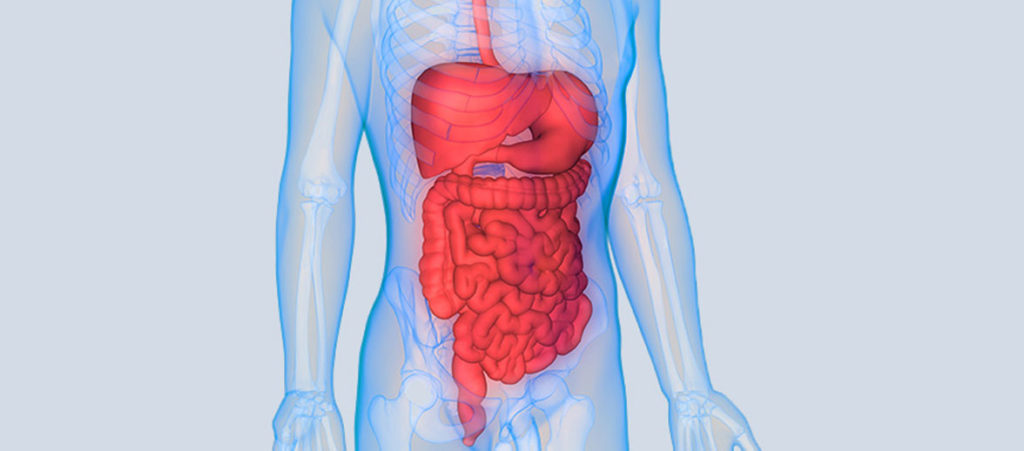
Not long ago, a grocery store advertisement headline reading, “Live Healthy. Be You.” caught my eye. This catchy phrase hovered over a variety of products that resulted in feelings of horror and outrage because the entire ad was filled with personal care, cleaning and processed food products that should have a skull and crossbones symbol on the label to warn people of their toxic chemicals! Hair colorant, root cover-up, volumizing shampoo, anti-aging cream, skin brightening peel pads, sunblock, insect repellent, lash-thickening mascara, fluoridated whitening toothpaste, meal replacement protein bars, cortisone creams, disinfectant wipes, air and body deodorizers, plastic containers, etc. – all promising a more beautiful, slimmer, and comfortable you in addition to offering protection from the “threatening” environment.
A little-known ploy of marketers is to create a feeling of dissatisfaction and fear so that we are compelled to purchase items that might help you or your environment be more desirable. Have we ever stood back and analyzed how our sense of value and worth are affected by the mass media’s constant bombardment of “you’re not good enough, but this will help”? Marketing is a form of brainwashing and it has been long known that the more you are exposed to something, the more your brain will accept it as “true” and “needed”.
What does “Live Healthy, Be You” have to do with the advertisement of toxic products? Beauty, sex appeal, health, and individualism appeal to our desire for validation, pleasure, and comfort. I can guarantee there is no pleasure or comfort in being overweight, obesity, infertility, learning disabilities, autism, cancer and autoimmune disease. These escalating health issues are a result of exposure to the 4 billion pounds of chemicals being introduced into our environment each year. 1
The fact is we don’t need products to be healthy or be ourselves. The less time we spend trying to live up to the media’s idea of beauty by poisoning ourselves, the better we feel about being ourselves. So the next time you read or hear an ad for a product, take the time to decipher how the marketer is brainwashing you. Maybe it will help you think twice before you purchase yet another product of empty and even harmful promise. Also, consider that our landfills are overburdened with plastic containers that we throw “away” after using (or not using) the contents. Consider also that the contents, including their toxic chemicals, eventually end up in our water supply. We can all make an effort to re-use, reduce, recycle and choose products carefully!
Choose Vibrant Living was founded to help everyone improve health, lower risk of chronic disease, attain normal body weight and have vibrant energy. By donating a small amount to watch the webinars*, you are helping to maintain the website and provide health education for families in need. Invest in yourself so you and your family can truly “Live healthy. Be you.”
*Stay tuned, webinars are coming soon! :)
References:
- http://scorecard.goodguide.com/env-releases/us-map.tcl







